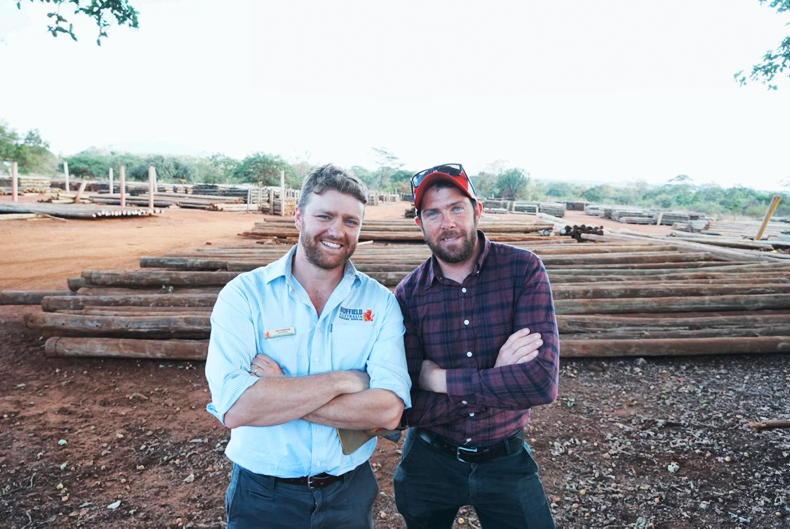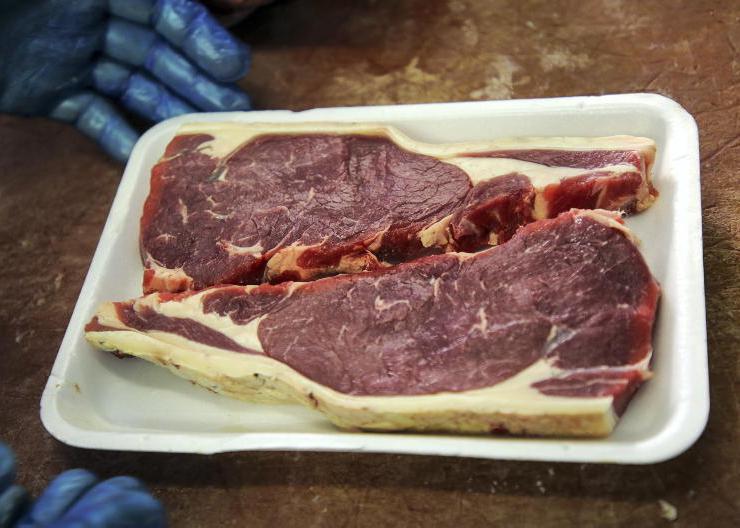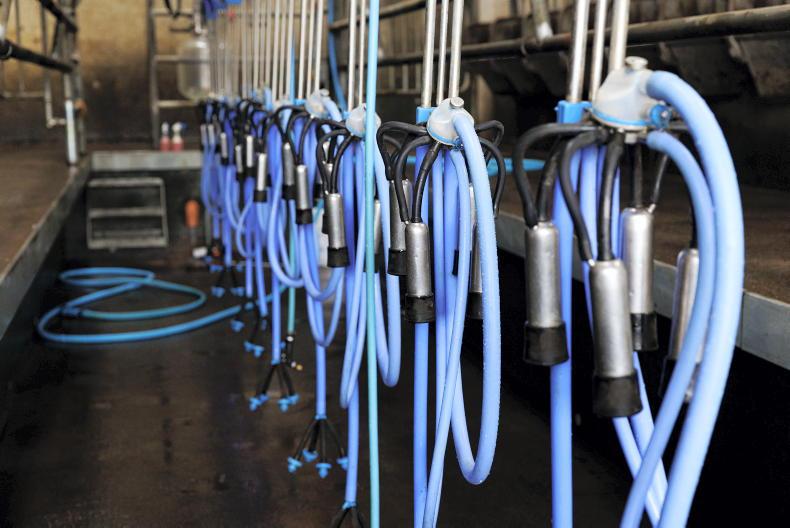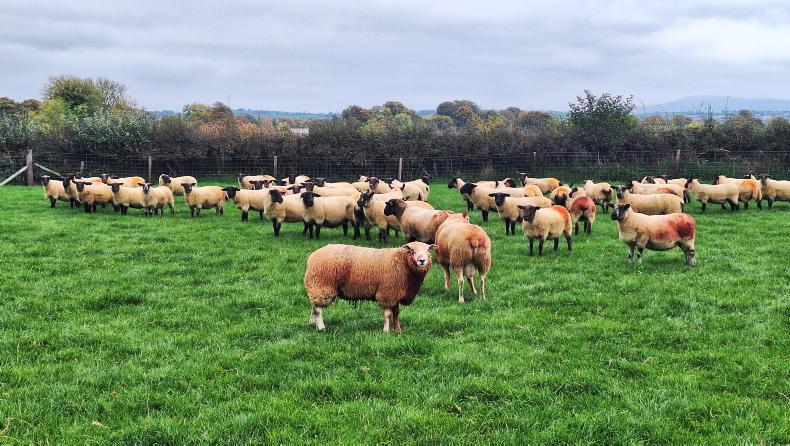Ireland’s competitive advantage in dairy is based one thing; low-cost base driven by grazed grass. The entire dairy sector has a big job of work to do to maintain that competitive advantage which will protect future profits.
High-cost systems are more vulnerable to fluctuations in milk price. Historically, Ireland was always the lowest cost milk producer in Europe by some distance. That meant that when prices dropped, farmers in other countries felt the squeeze much quicker than farmers in Ireland, whereas Irish farmers were still operating profitably at lower prices.
Over the decades, this built-in resilience generated billions of euro of revenue for Irish farm families and rural Ireland. Without this competitive advantage, Irish dairy farmers will be no different from farmers right across Europe – make money when milk price is high and lose it when milk price is low, essentially mirroring what happens in the pig sector.
This model is a massive threat to the family farm. Almost everyone can make a living when costs are low, but it’s only the survival of the fittest when costs are high. Take Denmark as an example. In 2005, there were 6,300 dairy farmers but this was down to just 2,600 by 2021. Over that time, milk production from Denmark as a whole actually increased by 27% as farms got bigger and cows produced more milk.
Radical change
The next seven or eight years could bring radical change to the Irish dairy sector. Over the last 10 years, dairy farm numbers in Ireland have remained remarkably stable. The abolition of quota and the inherent unprofitability of alternative farm enterprises has meant that exiting dairy farmers have largely been replaced by new entrants.
In an era of high costs and low margin, plus severe regulatory change brought about by new climate change and nitrates regulations, the number of active dairy farmers in Ireland is likely to fall significantly. The best protection against the economic downsides of regulatory change is to be extremely profitable to begin with.
While acknowledging that external factors are the main cause of much higher costs on dairy farms, system drift and lack of cost discipline on farms is also to blame.
The average dairy farmer is not as disciplined around costs as they were or as they should be with complacency setting in as a result of high milk prices between 2019 and 2022. This is something that needs to be addressed.
Over the last six or seven years, it has somehow become a target for a spring-calving, grass-based herd to deliver 500kg MS/cow. Other than being a nice round number, what significance does 500kg MS/cow have in terms of profit? The answer, of course, is none.
Profitability
Irish research has shown that just 5% of the difference in profitability between farms is related to milk yield. Whereas 45% of the difference in profitability between farms is related to costs of production. So, the relationship between cost of production and profitability is nine times stronger than the relationship between milk yield and profit.
Yet, it is fashionable for this mystical target of 500kg MS/cow to be discussed at farm walks, open days, discussion group meetings and in bull catalogues and indeed in the pages of the Irish Farmers Journal as though it is some magic bullet to being profitable.
In fairness to Teagasc, the production targets it set as part of the €2,500/ha net margin challenge was production per cow of 480kg MS, but the real focus here was on managing costs as opposed to increasing production.
However, at a more granular level, I have witnessed advisers from many different organisations, including Teagasc, aspire to the 500kg MS/cow target.
Another “good target” is to do 500kg MS/cow from 500kg of meal per cow and stock the farm at three cows/ha to produce 1,500kg MS/ha. While the ambition to keep meal feeding levels at 500kg per cow is admirable, this is otherwise an extremely harmful target.
Multiplying milk solids yield by 12 is a good indicator of dry matter intake requirements. In this instance, to produce 1,500kg MS/ha, the herd would need to consume 18,000kg per hectare.
Stocking rate
As there are 1,500kg/ha coming from meal, that means 16,500kg/ha of grass needs to be consumed. At 85% utilisation rate, that means 19.4t DM/ha of grass needs to be grown in order to sustain that stocking rate. I would suggest that there are zero farms in the country consistently growing that level of pasture. To overcome this, farmers are feeding more concentrate than 500kg/cow, are bringing in most or all of their winter feed from outside land and are overstocked relative to grass growth for most of the year.
Production-focused ideologies do not improve competitiveness. Irish farmers will never compete with Denmark, Sweden or the Netherlands on milk yield per cow and even attempting to do so just increases our cost base and reduces competitiveness.
There is nothing wrong with having targets in farming, but they need to be linked to profitability. There is a very strong correlation between grass growth per hectare and profit and six-week calving rate and profit and costs of production and profit. Milk yield per cow is a byproduct of good grass quality and good fertility and achieving good performance in both of these areas will reduce costs. Let that be the ideology you farm by.
Read in full in Irish Dairy Farmer magazine
This is an abridged version of an article which appears in this year’s Irish Dairy Farmer magazine, which is available to purchase online or in person at Dairy Day.










SHARING OPTIONS